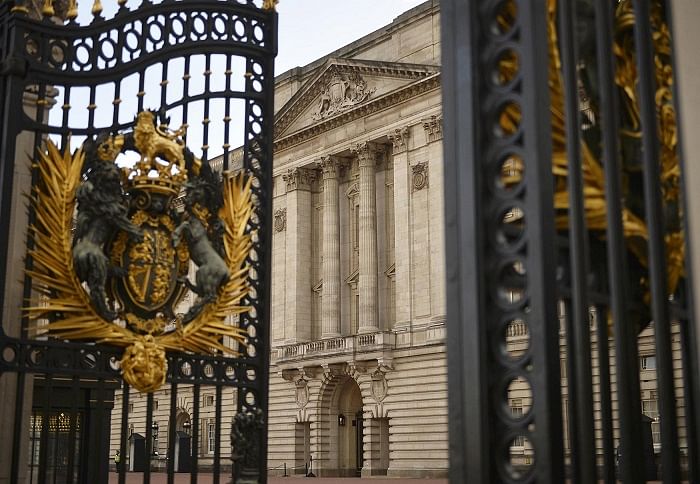Whether you're an ardent monarchist or a staunch republican, the United Kingdom government's decision to allocate £369 million (S$653 million) to fund a 10-year refurbishment of Buckingham Palace should be welcomed. Unfortunately, the British public's complicated relationship with both the royal family's finances and the nation's landmark buildings means there's a storm of protest instead. And that in turn leaves another of the country's iconic buildings in jeopardy.
The Palace of Westminster, home to Parliament in the House of Commons and the House of Lords, has not been properly maintained for decades. The neglect is such that the bill for a full renovation could surpass £4 billion; and the longer politicians flinch from signing off on the vital programme, the higher those costs are likely to rise.
The committee has recommended that a so-called delivery authority be established with a view to getting the works under way early in the next decade. But more than 121,000 people have signed a petition objecting to the use of public money to repair what is ostensibly the Queen's house, and calling on the royal family to pay for the repairs itself. The royals expect us to dig deeper to refurbish Buckingham Palace. The Crown's wealth is inestimable. This is, in a word, outrageous. Tax payers are paying for it. The Crown and its estates should be made to fund its own renovations.
This conveniently ignores several truths. Buckingham Palace may well be assigned to the royal family, but in truth it belongs to the nation, albeit under the stewardship of whoever happens to wear the crown at any given time. Moreover, while the money is coming from the Treasury (and therefore taxpayers) in the form of an increase in the sovereign grant paid annually, one of the biggest contributors to the Treasury's tax coffers is, yes, the Crown Estate.

As Mr Tim Worstall, a fellow at the Adam Smith Institute in London, argued this week, the relationship between what the royal family ostensibly owns and how the income from those holdings is distributed and taxed is fiendishly complicated. But the narrow truth is that the Crown Estate, which belongs to the monarch, pays its profit to the Treasury. In the most recent accounts, that was worth more than £304 million; in the past decade, the estate has handed over £2.4 billion. As Mr Worstall says: The important point to grasp is that Buckingham Palace does not belong to Mrs E. Windsor, it belongs to the monarch. The Crown Estate does not belong to Mrs E. Windsor, it belongs to the monarch. And the profits on one part of the monarch's estate are being used to pay for the upkeep of another part of the monarch's estate. That is, the Crown is already paying for these repairs to Buckingham Palace. Which is what makes demands that the Crown, or its estate, should pay for the repairs to Buckingham Palace so damn ignorant.
Unfortunately, the furore over one palace is likely to cast a shadow over a second much-needed renovation. The Palace of Westminster covers 3ha of ground, contains more than 1,100 rooms, 100 staircases and more than 3km of passages over seven levels. It's a Unesco World Heritage site. It is also a potential deathtrap.
The non-partisan government committee that has been asked to investigate the state of the building had this to say in September: The Palace of Westminster faces an impending crisis which we cannot responsibly ignore. There is a substantial and growing risk of either a single, catastrophic event, such as a major fire, or a succession of incremental failures in essential systems which would lead to Parliament no longer being able to occupy the Palace.
The buildings themselves are structurally solid, so for now Big Ben (the bell housed in the iconic Elizabeth Tower) is safe. But the problem with antiquated electrical systems isn't the mild inconvenience of a flickering television screen; it is that ageing, vulcanised wires could catch fire.
The Palace of Westminster is a national treasure - and also an architectural beacon of parliamentary democracy in a world that can use such symbols today. If a fire were to rampage through the building, destroying the structure, bitter recriminations would soon fill the deafening silence left by the hushing of Big Ben.
BLOOMBERG VIEW

